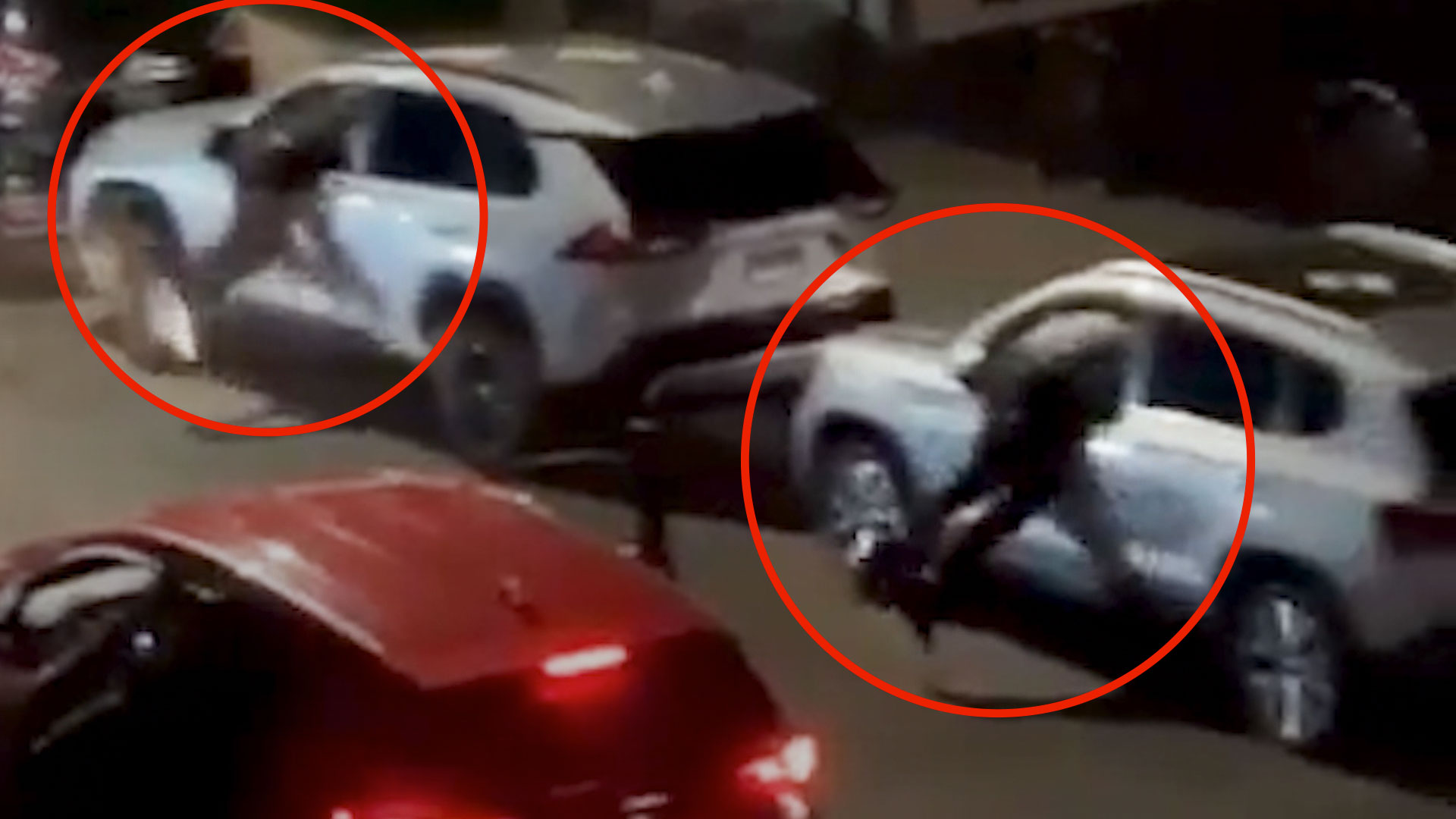MINNEAPOLIS – Lifelong residents of Minneapolis will tell you there was a time they could walk the city's streets without a care. If the old Minneapolis was anything, it was clean and safe. Today, in many parts of Minneapolis, those days are gone.
Residents Don't Know if Police Will Come, or Even Answer Their Call
While there are still some nice-looking areas, parts of Minneapolis range from risky to dangerous. There are homeless encampments, and addicts roaming the sidewalks get free needles from the city.
The police department is reportedly down from some 900 officers to 550. Residents tell us 911 calls often go unanswered. Some have given up reporting crimes.
Police communications are now encrypted, so citizens can no longer track crimes.
Statistics show that some categories of crime are lower than last year. Minnesota State Representative Walter Hudson doesn't buy it.
"No, crime hasn't gone down. Reports of crime have gone down because you create a culture where the citizen knows they're not going to get an answer from 911. The citizen knows the officers are not going to be there for an hour. The citizen knows that even if the officers get there and apprehend their offender, that offender's going to turn right around 24 hours later and probably come back for retribution because you called the cops."
Businesses Driven Away
Businesses have fled, and property values have collapsed. The 31-story Ameriprise Financial Center, purchased for $200 million in 2016, was sold this year for $6.25 million. That's just three percent of its old value.
Prominent Minneapolis attorney Chris Madel is one of those leaving the city, after years of taking photos of crimes being committed outside his office window. Someone was killed outside his office front door in August.
Madel told us, "I have always loved downtown Minneapolis, but it has gotten to a point where I'm up at night worried about my employees when I'm hearing them getting accosted on their way to work. There have been times on Monday or Tuesday mornings at 9 or 10 A.M. when we hear gunshots. None of it is reported."
Property owner Jeff Svedahl left Minneapolis for Utah after losing millions from crime and falling property values after the 2020 riots.
He told us, "Tenants would call the police and get no response, or the police wouldn't come out. There was more and more crime. I had to park my car on the street and it was broken into five times in a year, five times in a year…one car. We had windows smashed in all the time. So, I'm not going back anytime soon."
There were more than 500 car break-ins from July to August this year. Minneapolis police said they spotted some of the suspects but did not pursue them because of department policy.
Liz Collin, a local news reporter in Minneapolis for 15 years and now the Senior Reporter at Alpha News, told us, "We've interviewed many people who call 911 in Minneapolis. They'll be placed on hold. Some people have told me that sometimes they'll have to call back several times, or that they won't even answer at all."
Trapped in the 'Urban Doom Loop'
Many large American cities are trapped in what's been called the "Urban Doom Loop." Crime increases, businesses leave, the tax base shrinks, and things get worse. Devastated by the 2020 riots after the death of George Floyd, new city policies are not making the city safe.
"It's impossible to ignore the role that politics have played in the decisions in Minneapolis," says Collins, the producer of the documentary, The Fall of Minneapolis. "Policies have changed dramatically in the wake of George Floyd. They're not chasing suspects. And you have these soft-on-crime policies that are being pushed by the Hennepin County Attorney, Mary Moriarty. "
In a state where an axe murderer who killed his entire family was released from prison on parole this year, Minneapolis continues to push for decriminalization and less policing.
County Attorney Mary Moriarty now says she'll no longer prosecute most felony cases arising from traffic stops because she says they target minorities. The head of the Minnesota Police and Peace Officers Association responded, "The city of Minneapolis is under siege with violent crime, and this is what County Attorney Moriarty chooses to prioritize? Her new policy is a gift to criminals and… puts every family in greater danger."
Madel says city policies have pushed businesses like his out of the city. "Number one is a failure to actually support law enforcement. Second, the Minneapolis City Council has taken a view that practically every law enforcement stop has some sort of race-based reason for it, which is absurd. Third, the taxes that are happening in Minnesota are so outrageous that businesses are leaving."
We contacted the City of Minneapolis and the Minneapolis Police Department for comment, but neither responded to our request. In August, Mayor Jacob Frey did post on X that "Minneapolis is back. We are leading the country in affordable housing, crime is down across Minneapolis, our police department is being rebuilt with more diverse officers than ever, and downtown is making a strong recovery with a population growing over 60k!"
After the mayor's post, the city reportedly saw in one month, 55 gunshot victims and double the homicides from the same period last year.
The city government still sounds hopeful. Most of the residents and former residents we talked to did not.
***Please sign up for CBN Newsletters to ensure you receive the latest updates from a Christian perspective.***
News Source : https://cmsedit.cbn.com/cbnnews/us/2025/october/how-a-great-american-city-turned-into-murderapolis
 Your post is being uploaded. Please don't close or refresh the page.
Your post is being uploaded. Please don't close or refresh the page.






